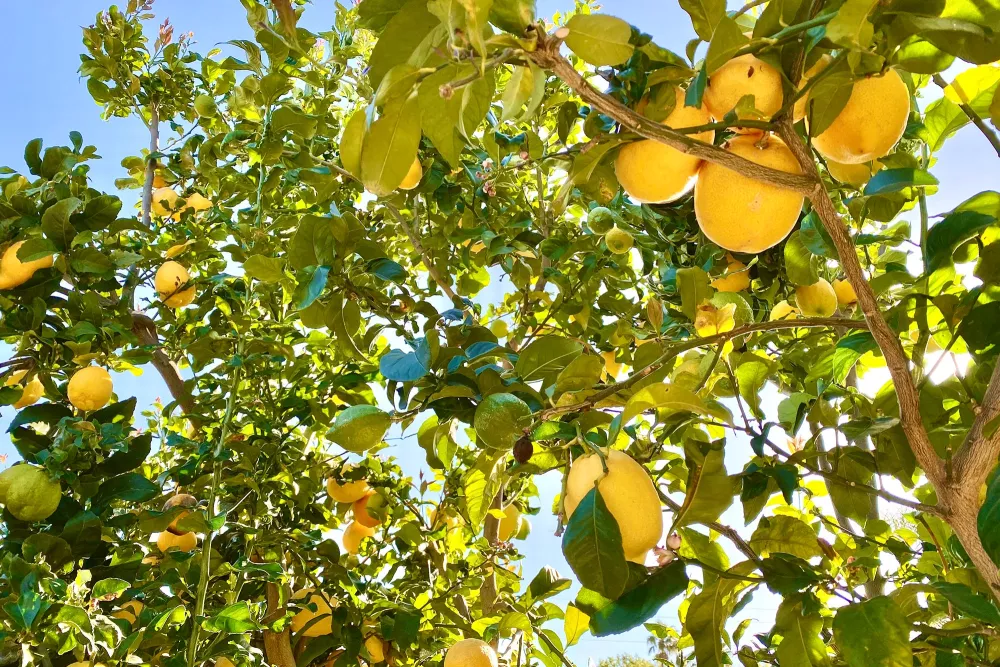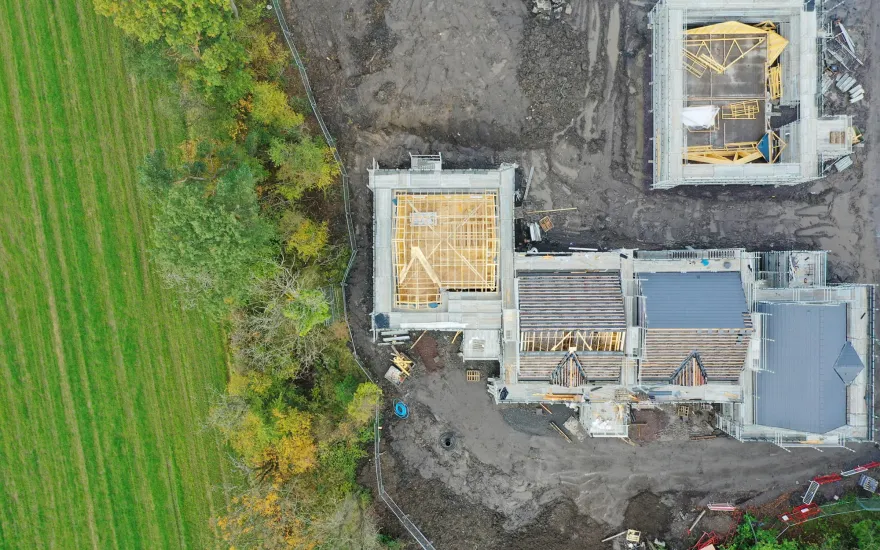Now live: The 2025 Canopy Report. Learn how Americans see trees. GET THE REPORT
Bulletin
Permaculture and the City
While most issues of Tree City USA Bulletin try to communicate and encourage best practices that are being used in urban and community forestry, this edition attempts to catch a wave of the future. It reflects a movement that some call the Urban Farm Movement, or an attempt to grow fruit and other food literally in one’s backyard.

A goal is not only to provide an affordable and available source of healthful food, but also to grow it in harmony with nature.
Beauty combined with utility have transformed this Illinois front yard into a model that inspired neighbors to follow suit. In 2006, its owners began with a water-retaining rain garden, flowers, and five edible plants. Wanting to see how much food they could produce, these permaculture pioneers now have more than 40 edible plants growing in this space.
The term ‘permaculture’ is not one that is widely recognized. Although it has been around since the environmental movement of the 1970s, it has yet to become a household word. The principles and practices of this concept may be even less recognized, at least as applied in the broad context of urban forestry. But the time may be here for permaculture to be on the palette of tree boards and city foresters who increasingly take a holistic view of communities as urban ecosystems.
The name and ideas of permaculture originated in Australia with Bill Mollison and David Holmgren who are credited as the founders of this school of thought. The word is a contraction of ‘permanent agriculture,’ or cultivating crops sustainably. Key concepts are production for human use and multiple purposes, but in harmony with nature by mimicking nature. And although it began as a means for household and community self-reliance, it soon took on a larger meaning — a design system for creating sustainable human environments.
In this issue, we present the basic philosophy and principles of permaculture and showcase some ways it is being applied in American communities.
In This Bulletin
Here’s what’s inside:
- Some Principles of Permaculture – working with nature instead of against it
- Urban Orchards – better use of public spaces
- The Forest Garden – providing the benefits of a natural forest while producing food for people
- Transitioning to a More Sustainable Future – spreading these ideas throughout our communities
- To Bee or Not to Bee – the potential in urban bee keeping
